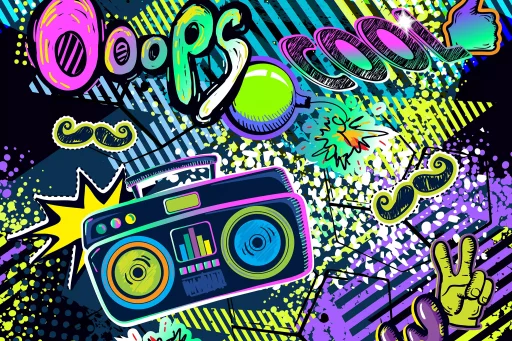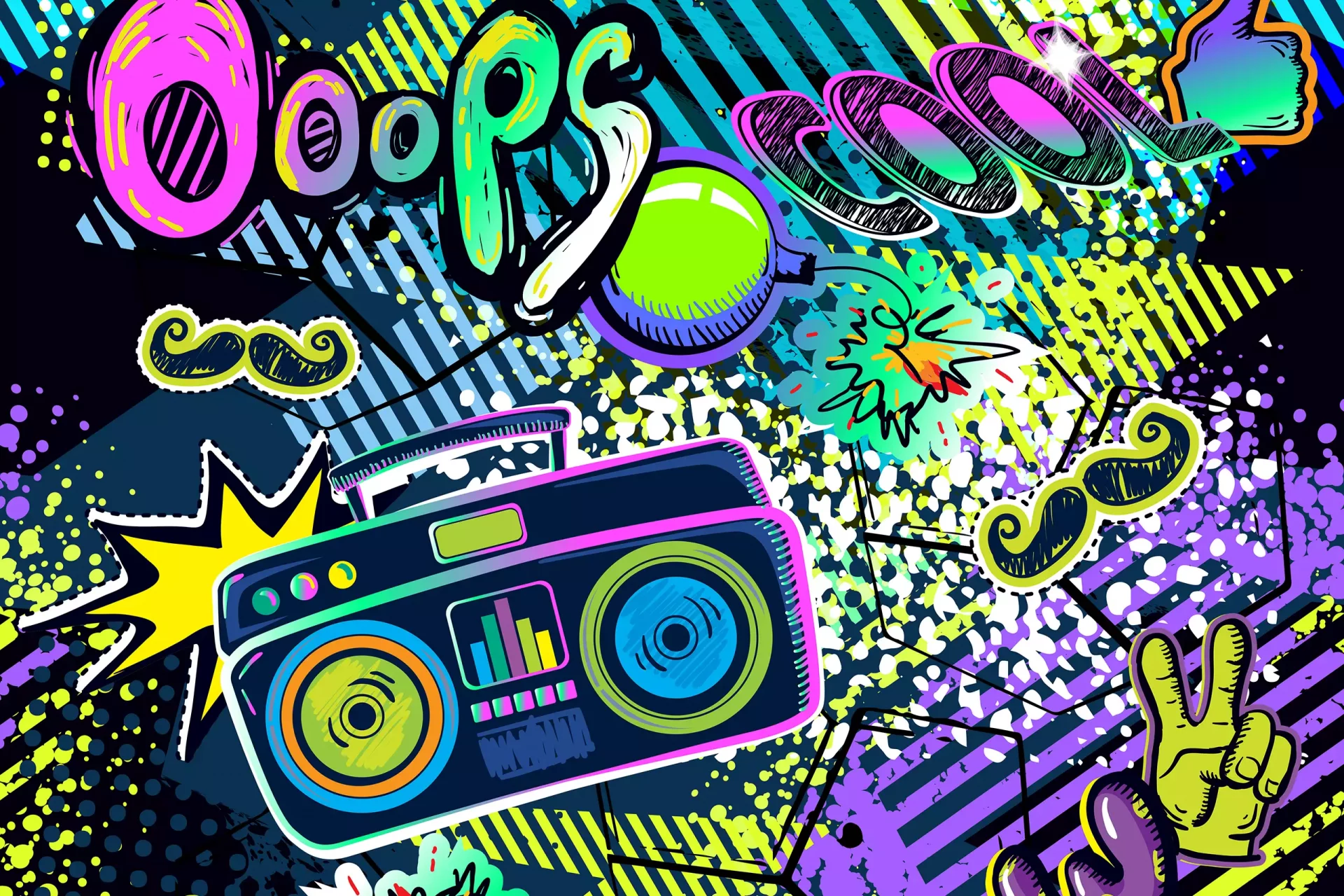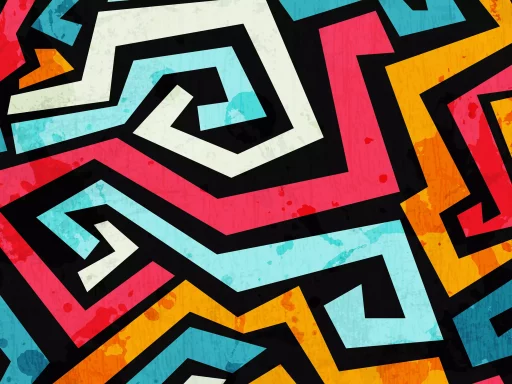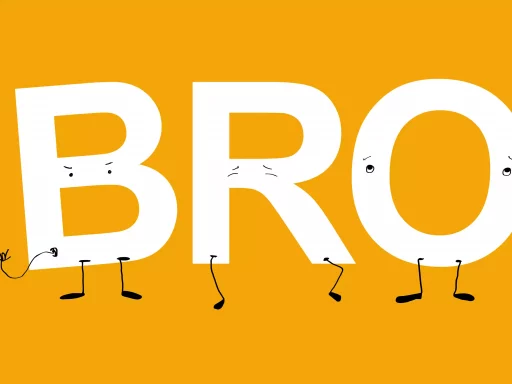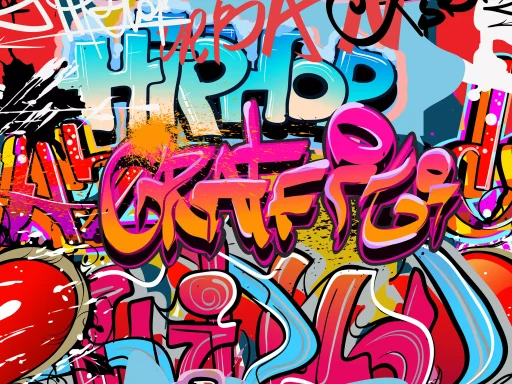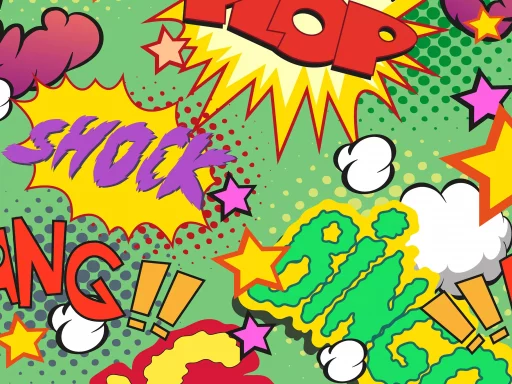Introduction to GIFs in Text
The term “GIF” stands for Graphics Interchange Format. Initially developed by CompuServe in the late 1980s, GIFs have evolved significantly, especially in the realm of internet communication. Nowadays, GIFs serve as a powerful way to convey emotions, reactions, and messages in a visually engaging manner.
Understanding the Role of GIFs in Text Communication
In the age of digital communication, emojis and GIFs have taken center stage as tools for expressing feelings that text alone might not convey. A GIF, due to its animated format, captures attention and enhances the viewer’s understanding of the sentiment being shared.
The Meaning of GIF in Text
When someone uses the term “GIF” in text conversations, it could refer to either:
- The actual GIF file being shared in a message.
- The concept of using GIFs to express emotions or reactions within discussions.
For example, if a friend texts, “Check out this hilarious GIF!”, they are inviting you to engage with an animated image that likely expresses humor. It acts not just as a visual aid but as a conversation starter.
Examples of GIF Usage in Text Messages
The versatility of GIFs allows them to be used in diverse ways across different platforms—whether in text messages or social media posts. Here are some common scenarios:
- Reacting to Good News: Sending a celebratory GIF when a friend shares their achievement—like a dancing cat or confetti explosion GIF.
- Expressing Disappointment: Using a GIF of someone facepalming or a sad animated character when you hear disappointing news.
- Daily Expressions: Adding humor to mundane conversations with funny reaction GIFs, like someone rolling their eyes.
Popular Platforms for GIF Usage
GIFs have become ubiquitous in digital communication, particularly on social media and messaging platforms. Here are some of the platforms where GIFs are widely used:
- Twitter: Twitter allows users to integrate GIFs into their tweets as a form of reaction or commentary.
- Facebook: Both Facebook posts and Messenger support the sharing of GIFs, often utilizing built-in libraries.
- WhatsApp: Users can search and share GIFs right within their chats, making conversations more lively.
- Slack: In professional environments, GIFs can lighten the mood and promote camaraderie among team members.
The Psychology Behind GIFs
Why do GIFs resonate so strongly with internet users? Studies in digital communication suggest that animated images elicit emotions that static images or plain text cannot match:
- Enhanced Engagement: Animated content generally increases user engagement, making messages more appealing to recipients.
- Emotional Resonance: GIFs can express a range of emotions instantly, improving interpersonal communication.
- Memorable Messaging: Recipients are likely to remember messages that included GIFs rather than plain text.
Statistics on GIF Usage
The adoption of GIFs has seen tremendous growth over the years. Here are some noteworthy statistics:
- According to Giphy, over 7 billion GIFs are shared daily.
- Approximately 69% of people say GIFs help convey emotions better than text.
- Messaging apps see an estimated 40% of their user interactions being accompanied by GIFs.
Conclusion: The Future of GIFs in Communication
As communication continues to evolve, the role of GIFs—beyond just a novel way to express emotions—will likely become even more integral. Whether you’re using GIFs to create humor, share reactions, or foster engagement, they have solidified their position in our digital dialogues. Next time you consider sending a GIF, remember it’s not just a file; it’s a brighter way to connect and communicate!
